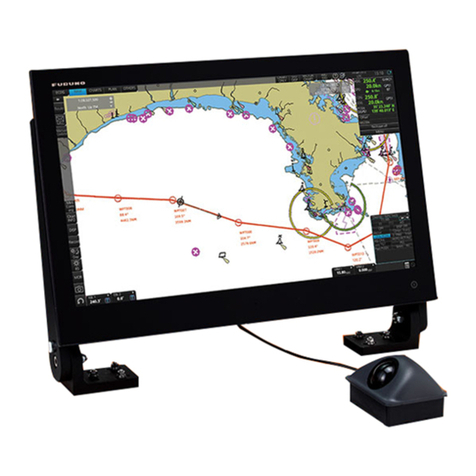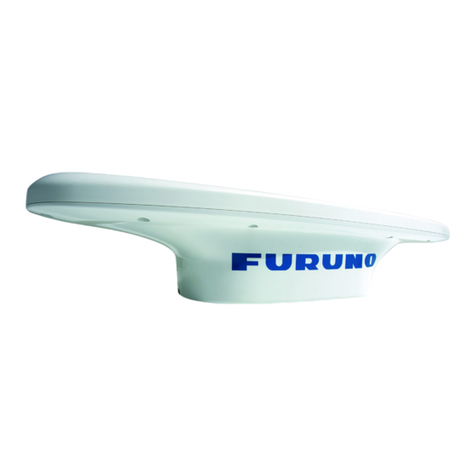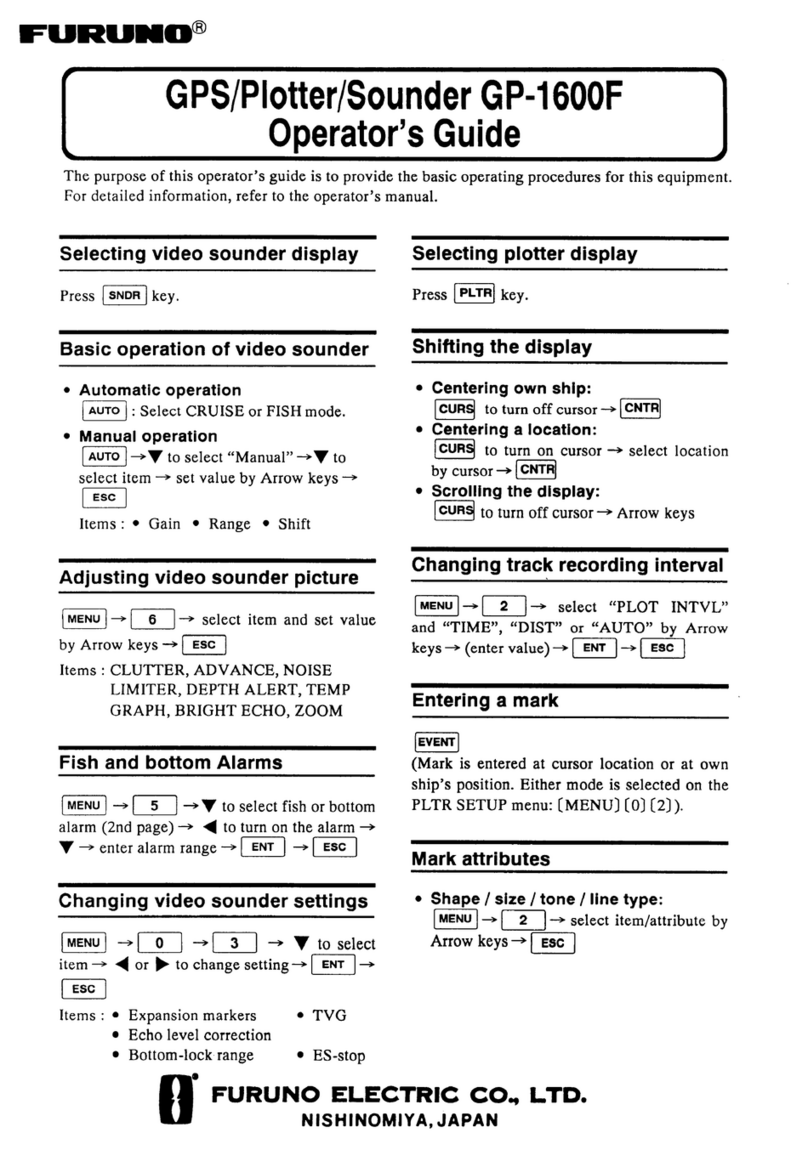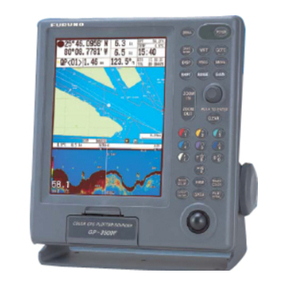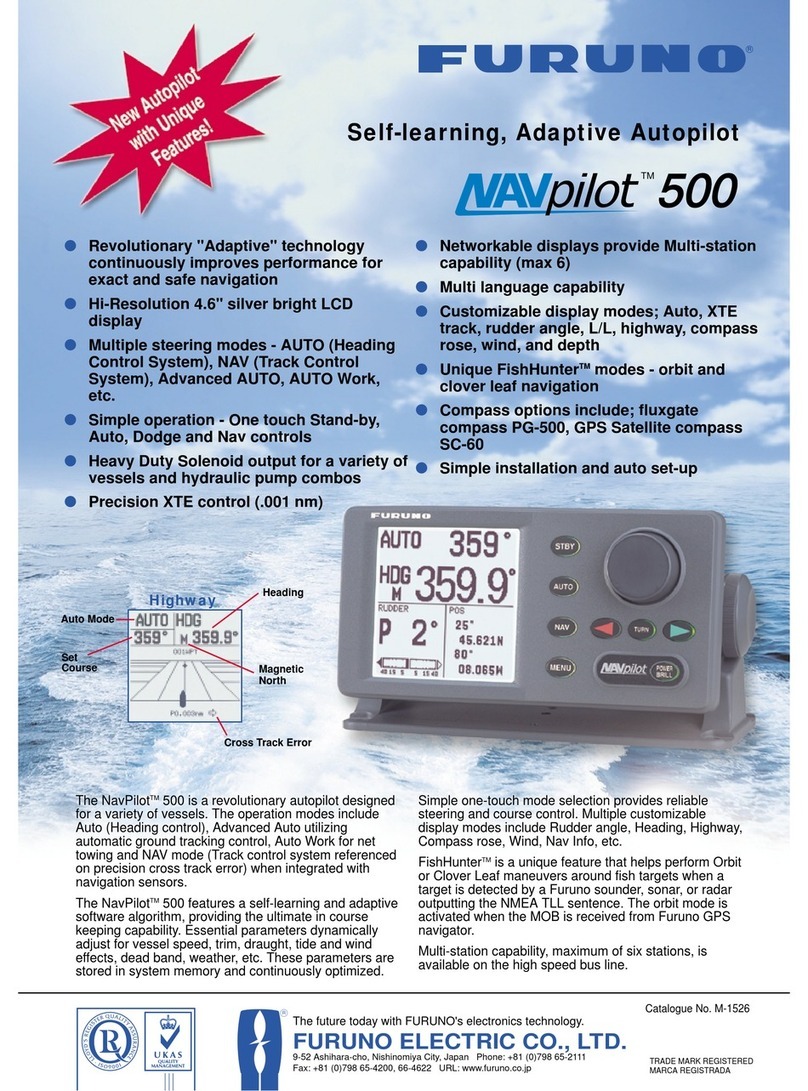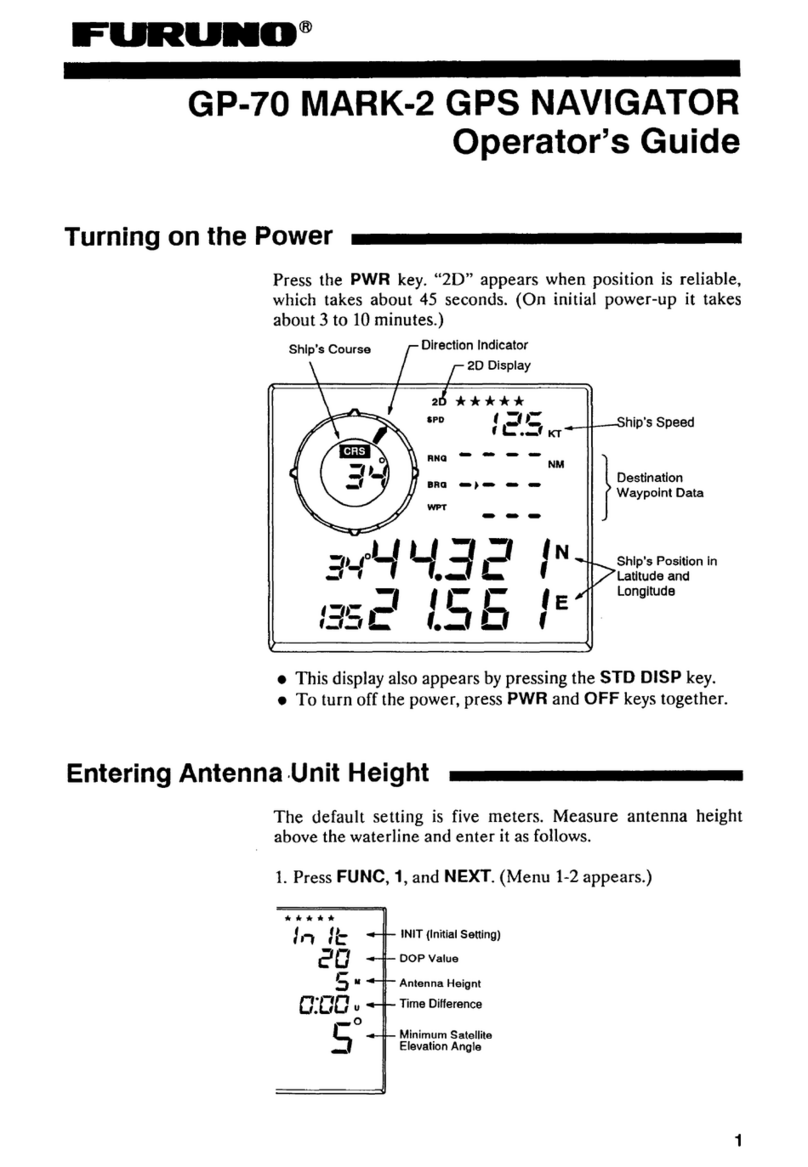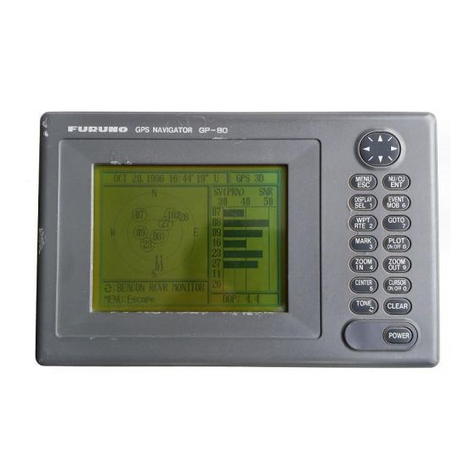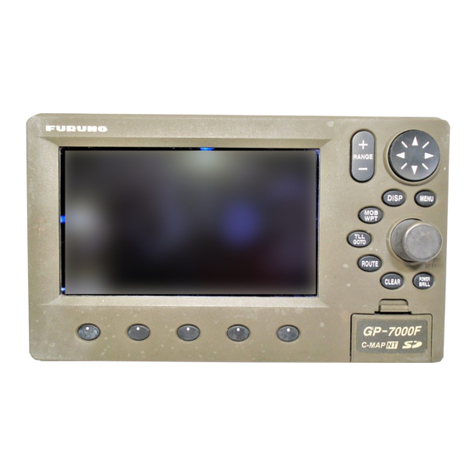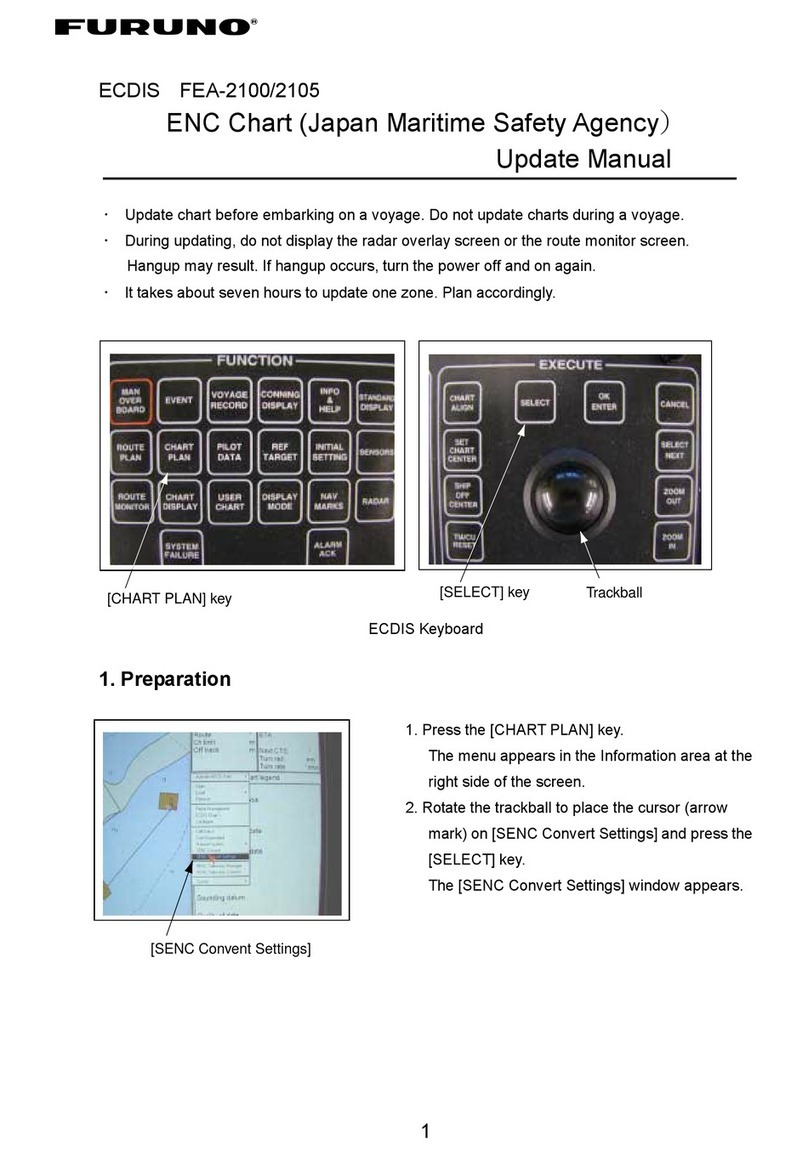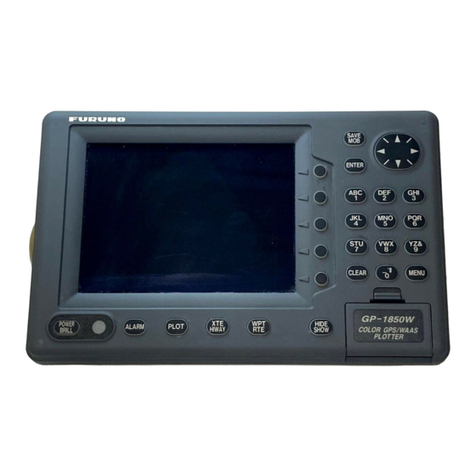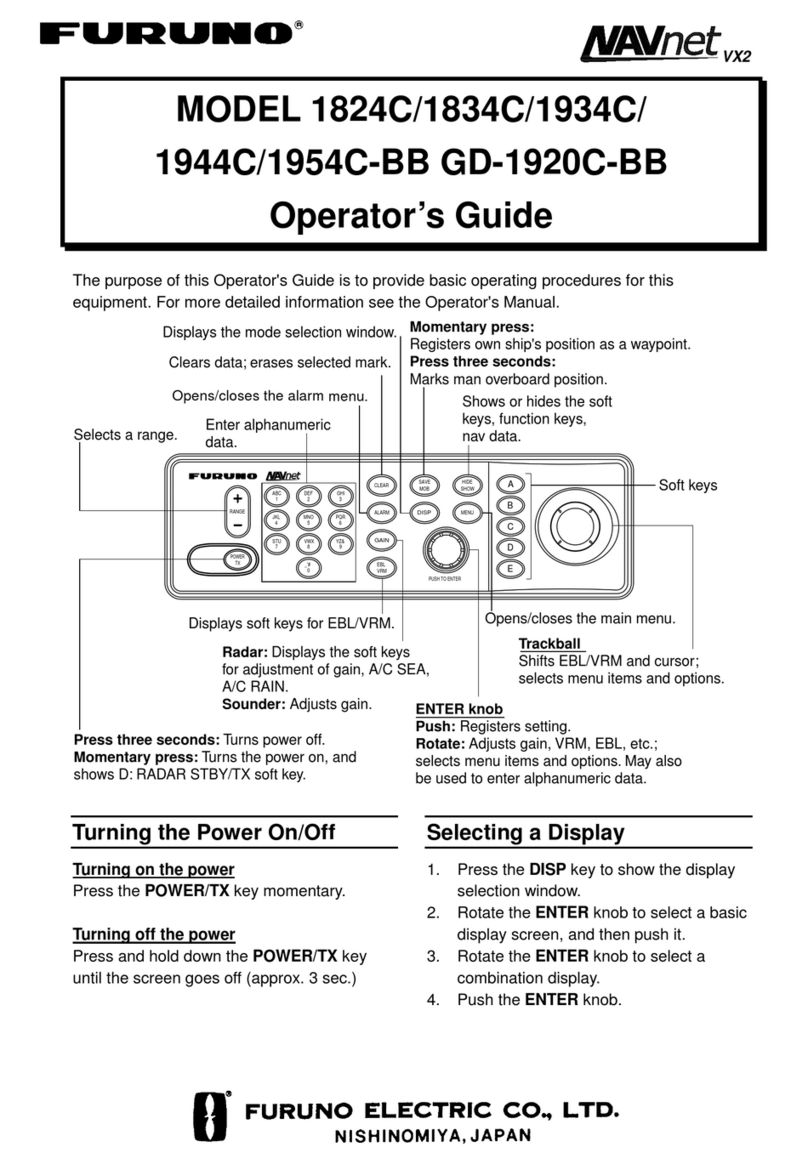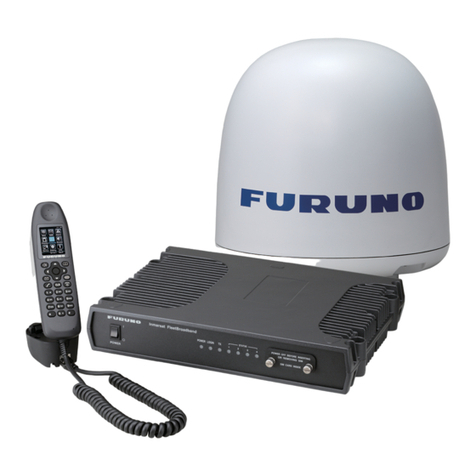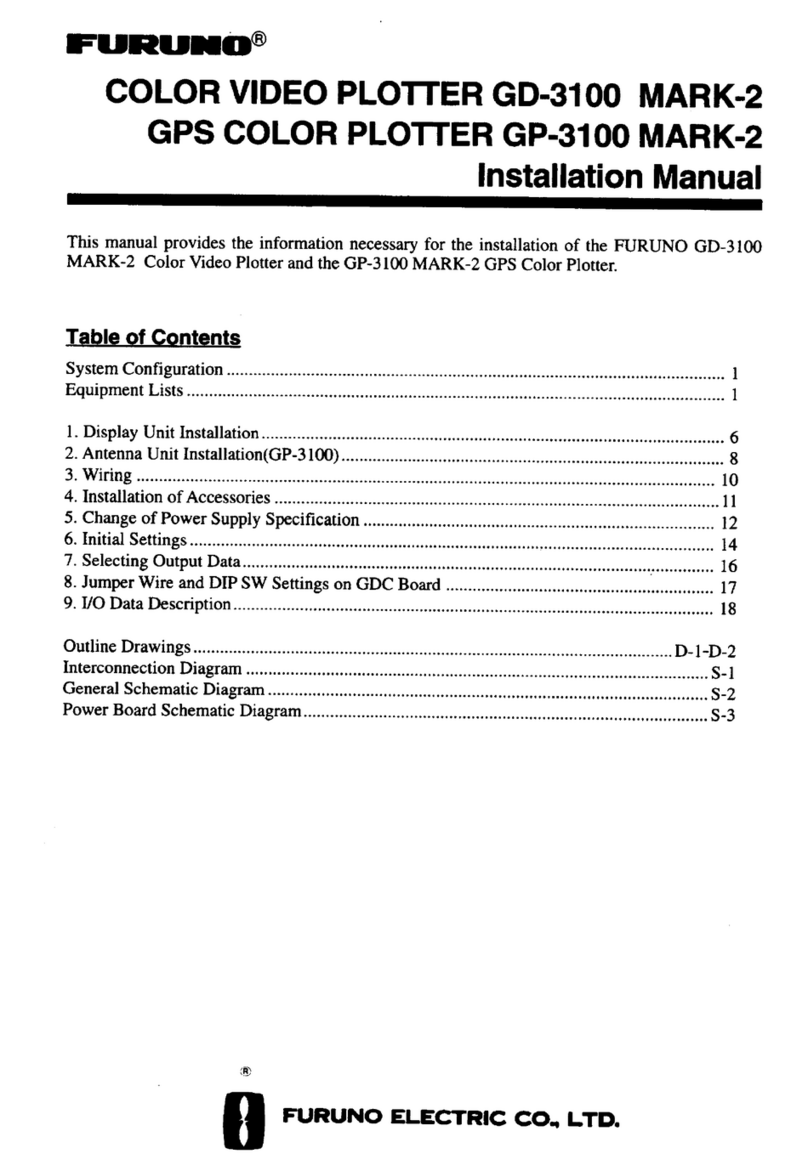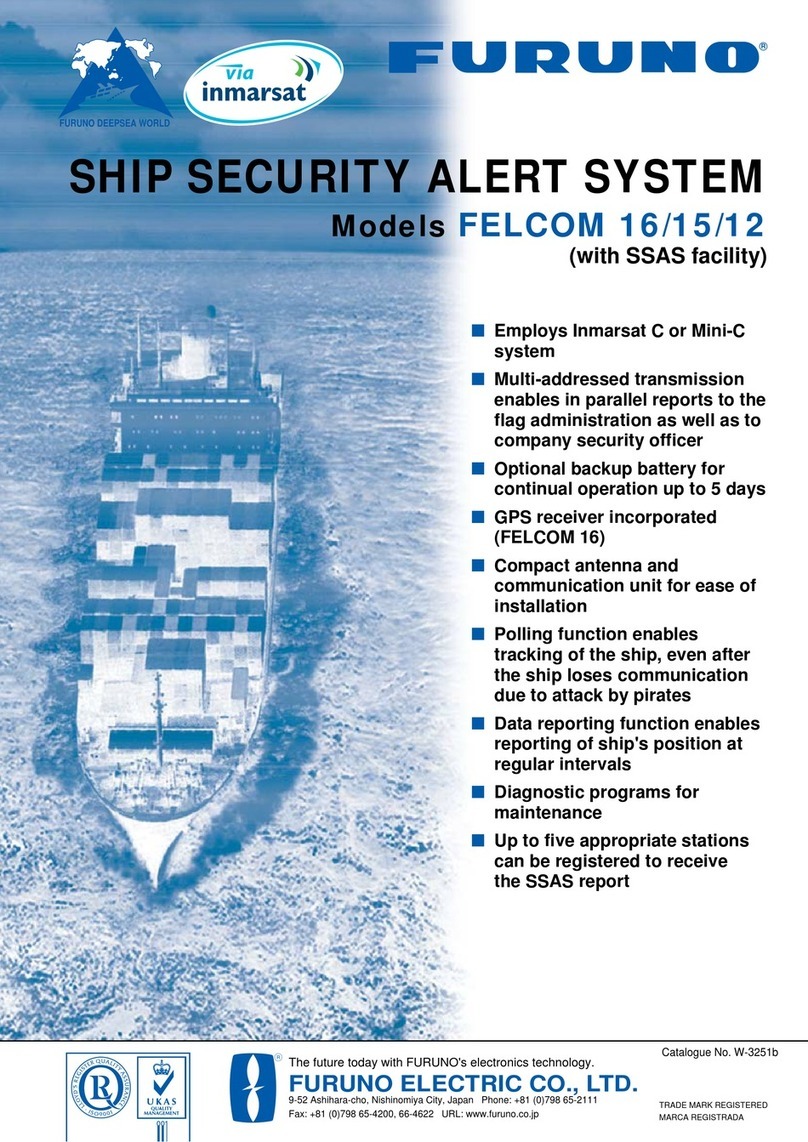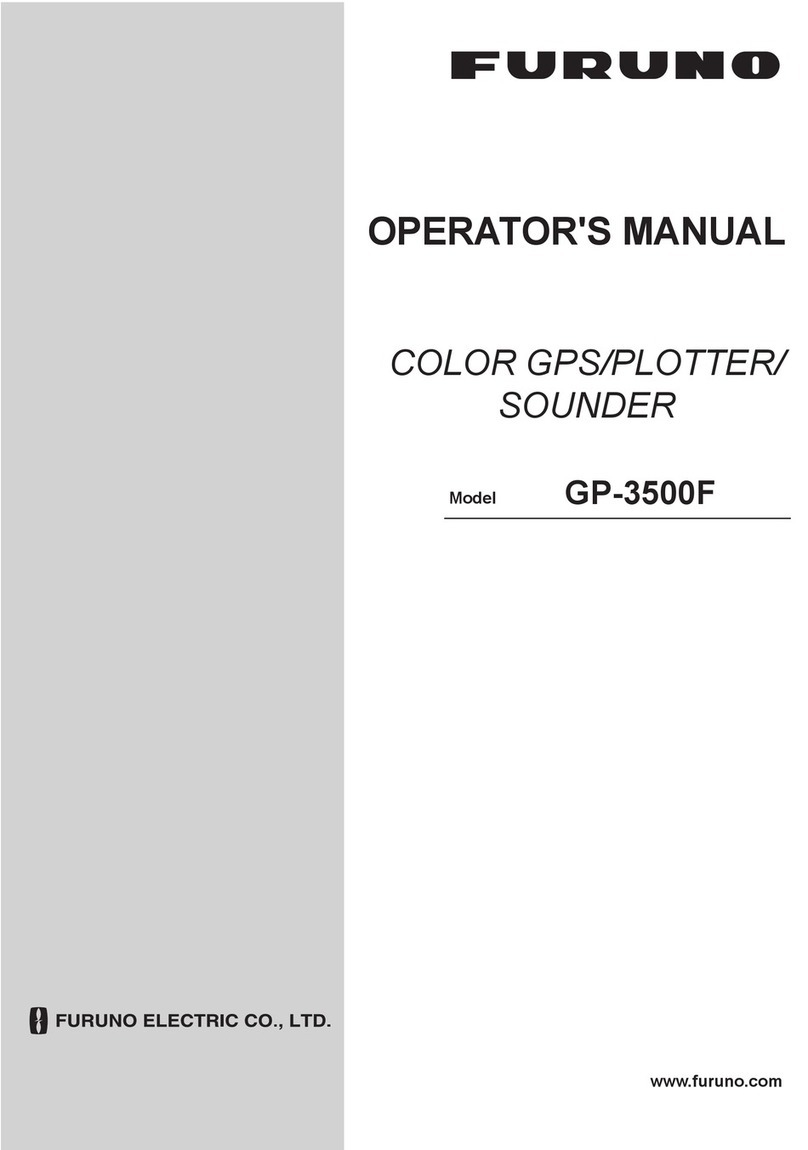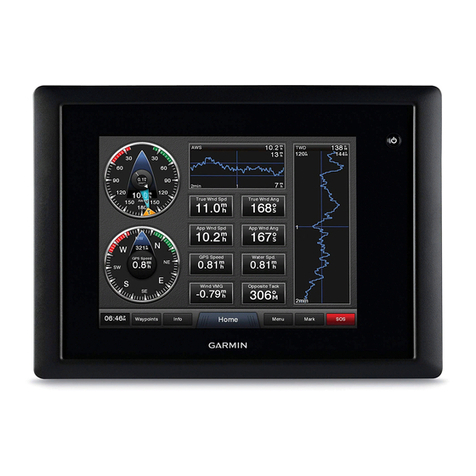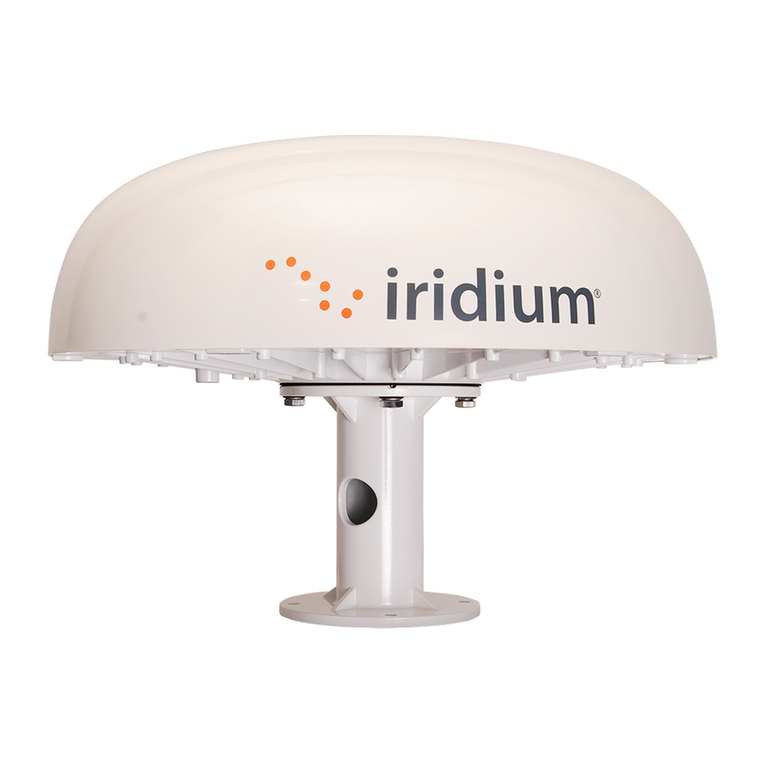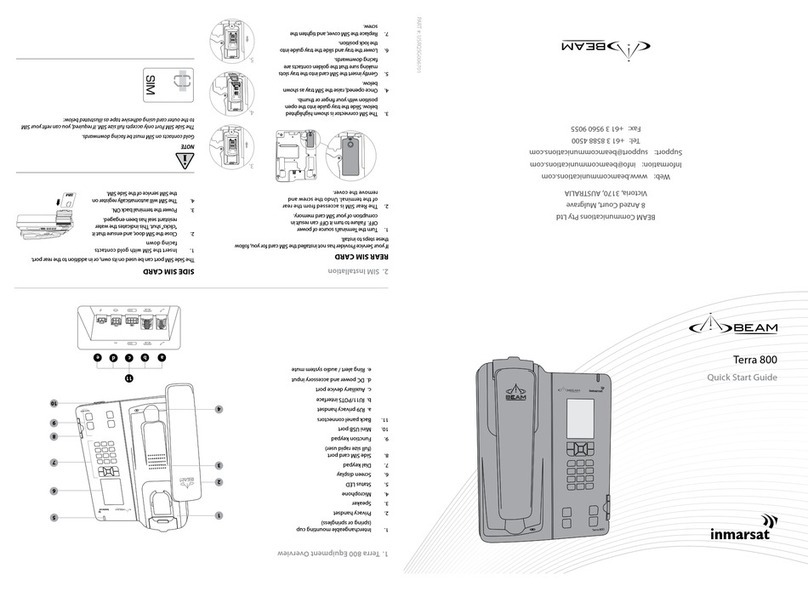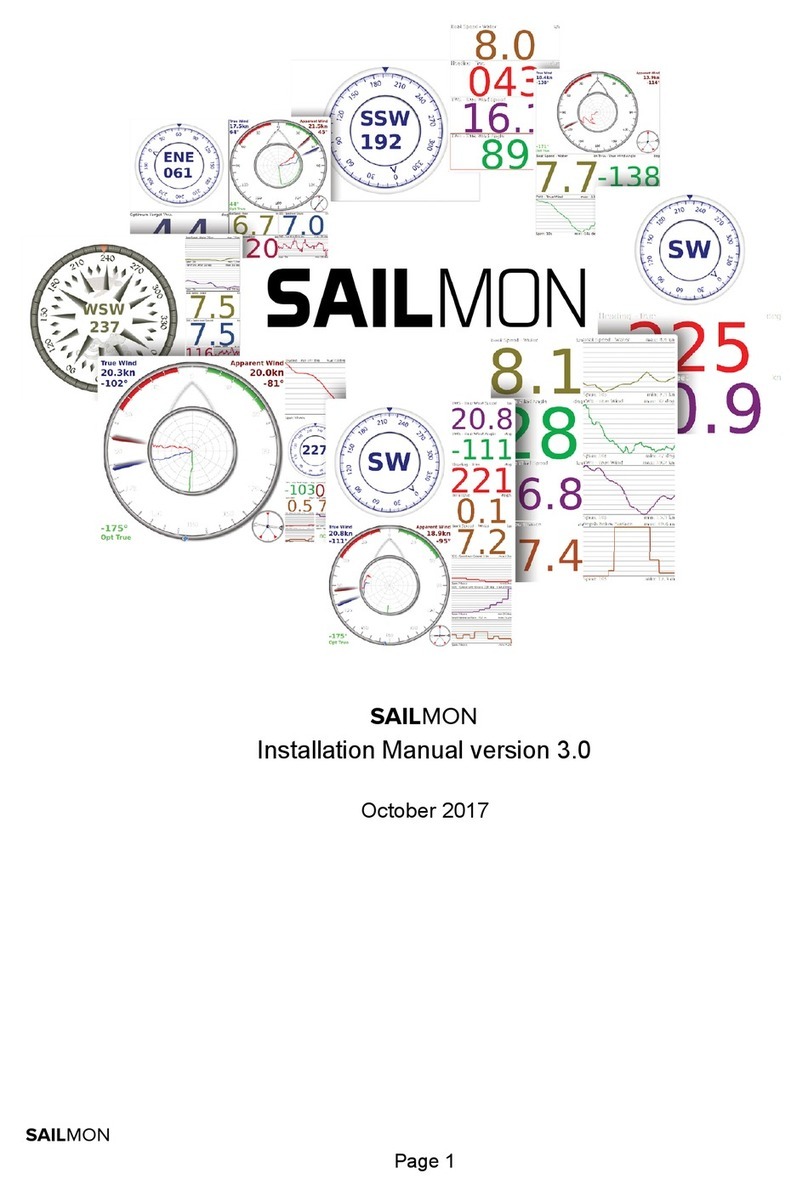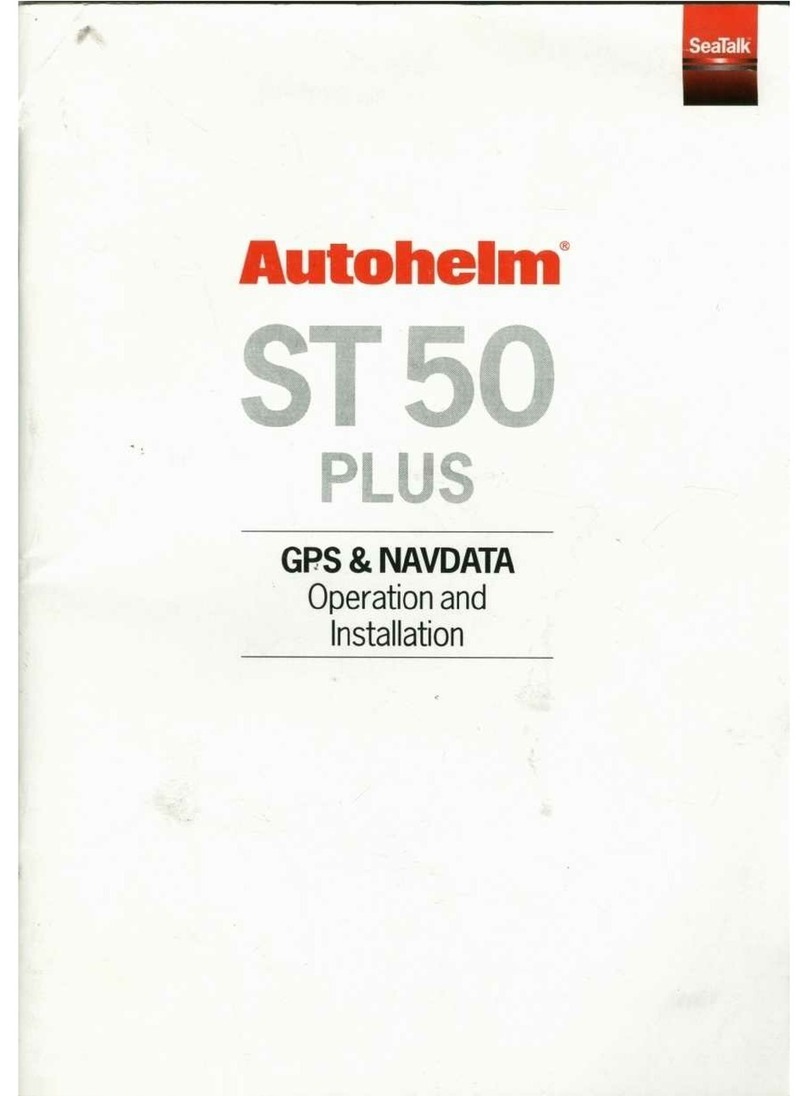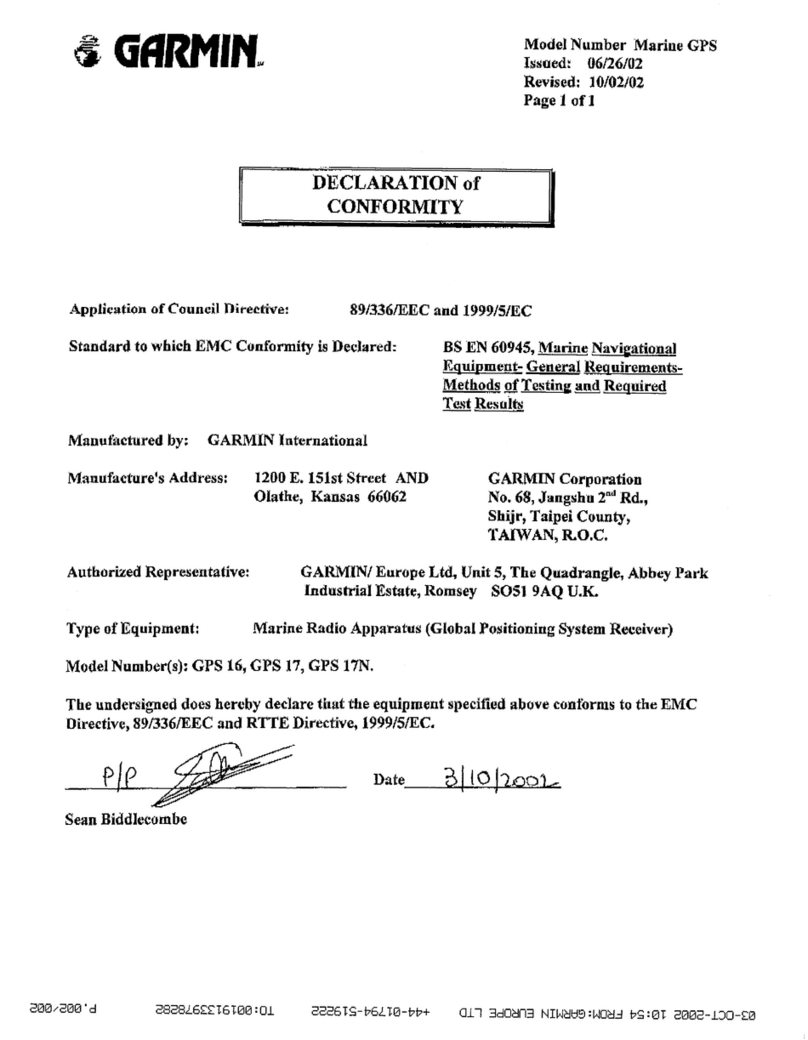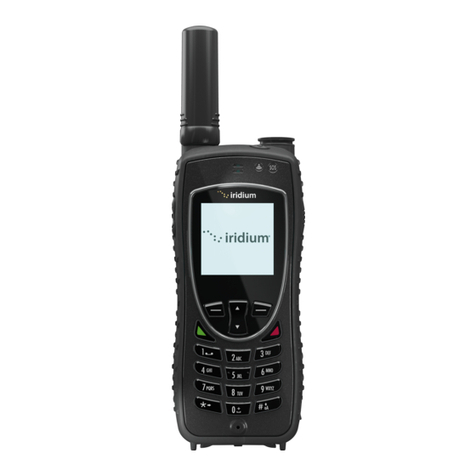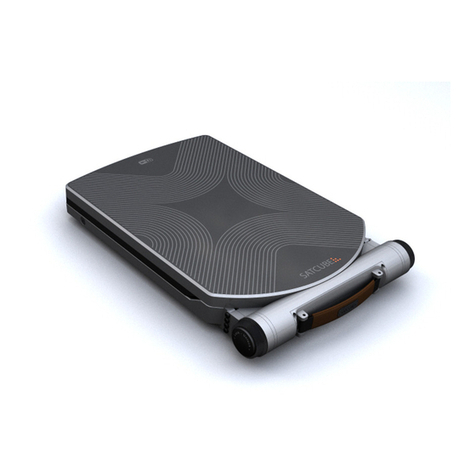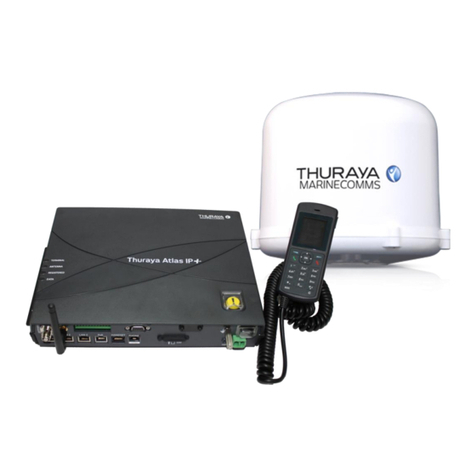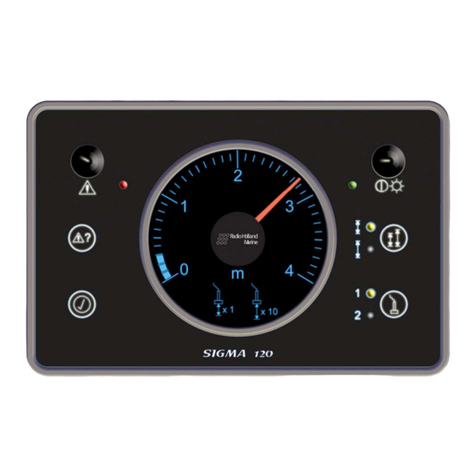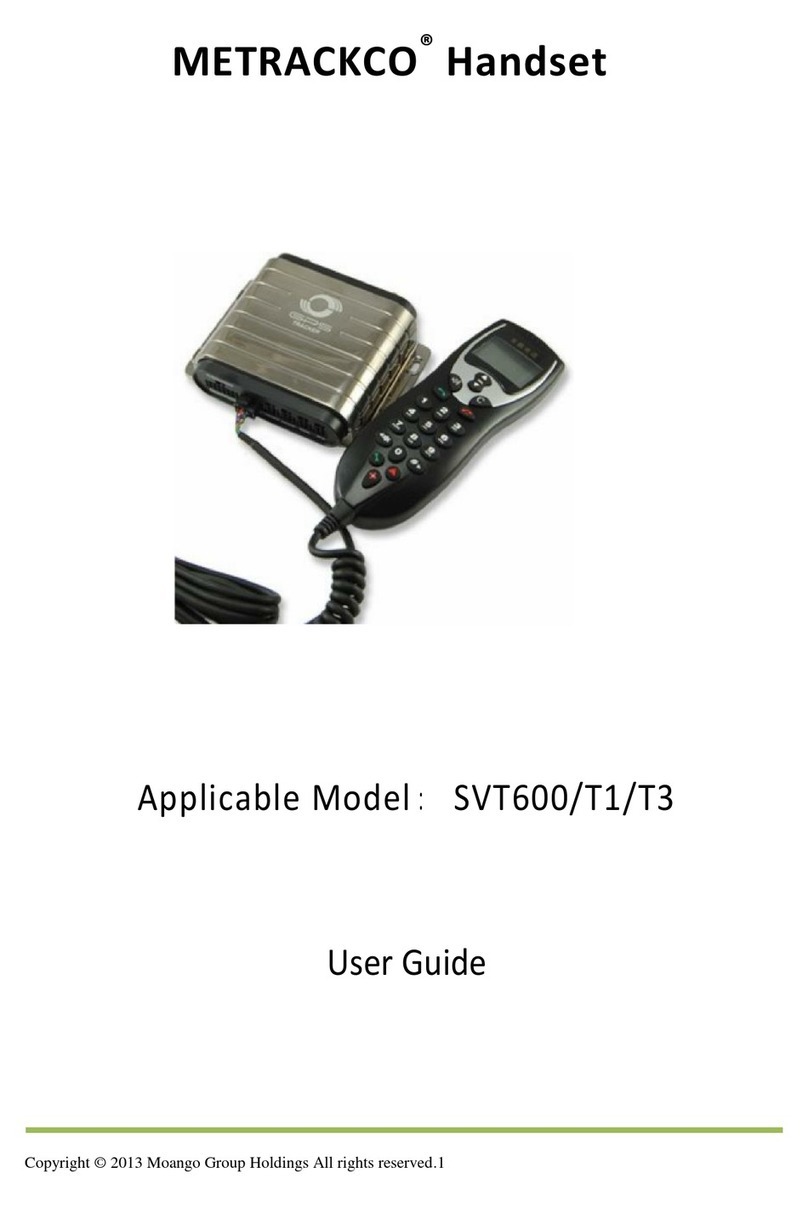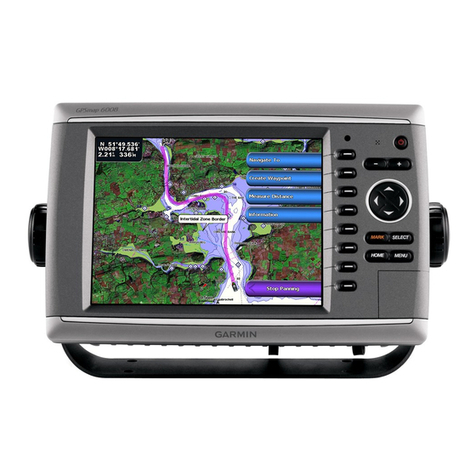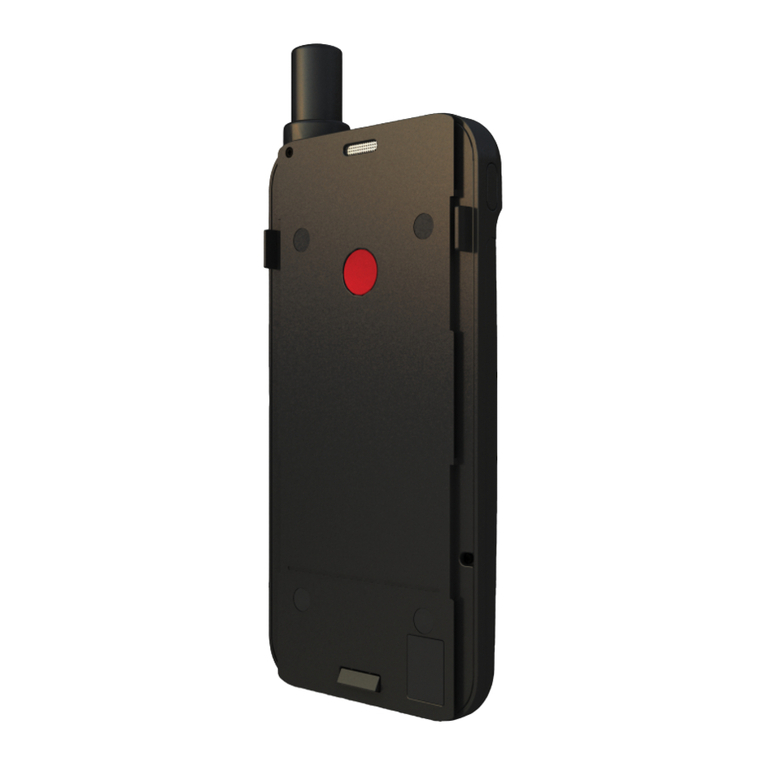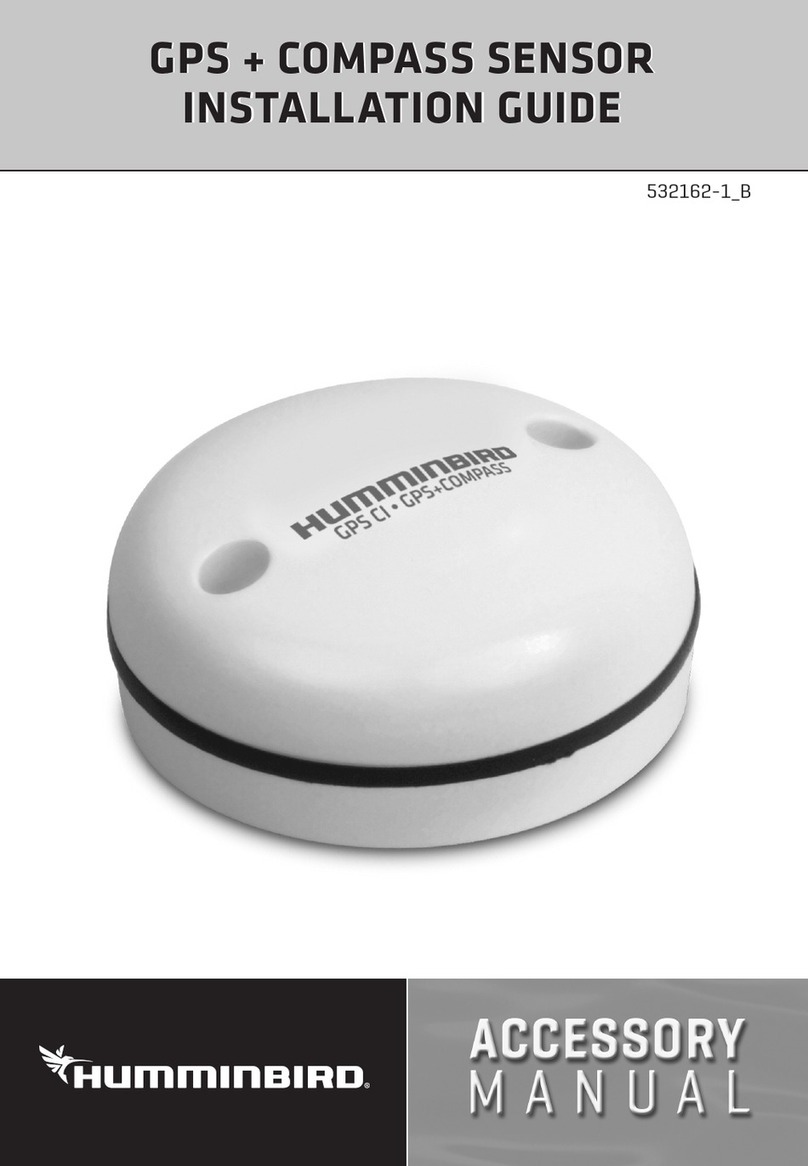2.1.2 Alarm page
Three alarm pages are available as below.
1) Navigation Alarm page:
It consists of four windows indicating navigation related alarm. (See Fig. 4)
a) Navigation Safety: Navigation alarms requiring great attention for safety.
b) Navigation Equipment: Navigation sensor system alarms.
c) GMDSS alarms: It alerts when any distress call received.
d) ECDIS alarms: Actual ECDIS alarms. Important alarms are transferred to the Navigation
Safety and Navigation Equipment windows for navigator’s attention; e.g. Waypoint Approach,
Off-track, Depth below limit, Position unreliable, No speed available, No course available.
2) External Alarm:
It consists of several windows indicating external alarms (Engine, Cargo, Steering Gears, General
Alarms, etc.), which are applied from Machinery/Cargo DCS. (See Fig. 5)
3) Local Alarm:
This page is prepared for the navigation equipments, which have no own visual display. (Track pilot,
Autopilot) The alarms generated in the AMWSS itself are also displayed on this page. (See Fig.6.)
Alarms are displayed and processed in different priorities for the identification of alarm importance.
Priorities are as followings:
- Emergency alarms - alarms which indicate that immediate danger to human life, or to the ship
and its machinery exists and that immediate action must be taken.
- Distress, urgency and safety alarms - alarms, which indicate that a caller is in distress or has
an urgent message to transmit.
- Primary alarms - alarms, which indicate a condition that requires, prompt attention to prevent an
emergency condition.
- Secondary alarms - all other alarms.
Each alarm is associated with coloured marker showing into which priority the alarm belongs.
- Emergency alarms – red marker
- Distress, urgency and safety alarms –yellow marker
- Primary alarms –white marker surrounded by red stripe
- Secondary alarms – red marker surrounded by white stripe
The latest five active alarms are displayed in the alarm list in the lower right corner of the display. The
rest of the active alarms are displayed on alarm pages. Alarms in the active alarm list are shown in
order of priority and occurrence.
Non-acknowledged alarms are indicated with a flashing red text and marker and buzzer.
Acknowledged but pending alarms are distinguished from other alarms by steady non-flashing yellow
alarm text on alarm page.
Yellow text below alarm list e.g. Pending navigation alarm, means that there is at least one pending
alarm on alarm page.
